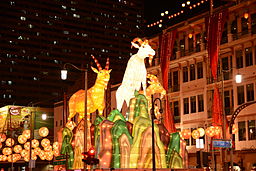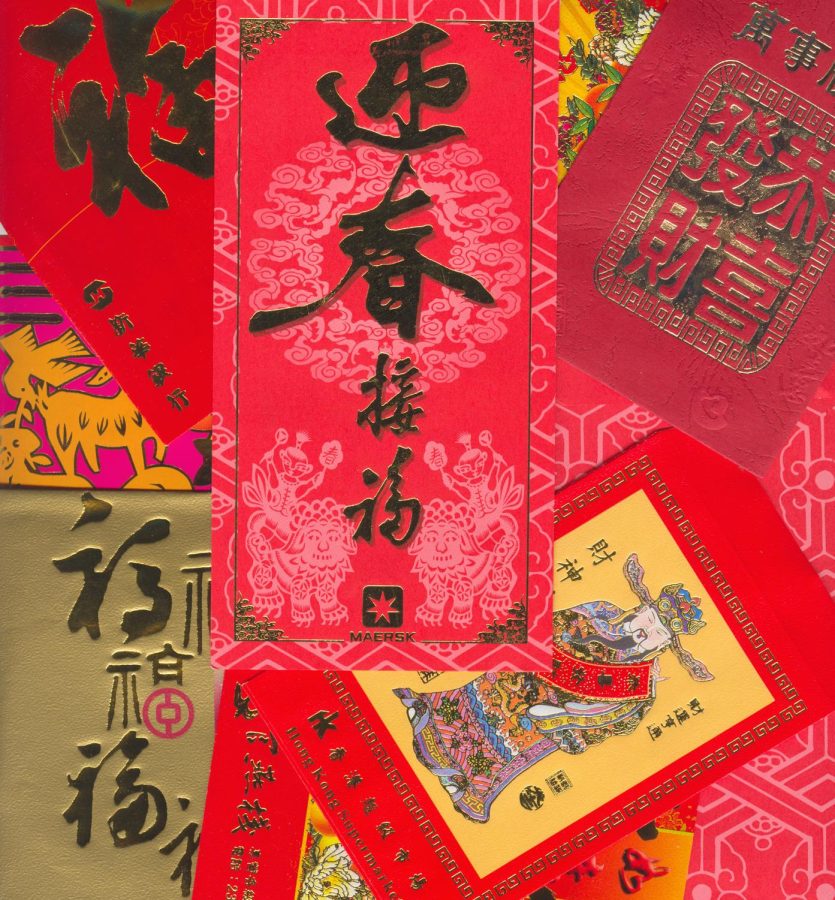Celebrating the 2023 Chinese New Year
How several Central Kitsap High School students honor the Lunar New Year.
The 2023 Chinese New Year was on January 22, 2023, marking the end of the year of the Tiger and the beginning of the year of the Rabbit.
Also known as Lunar New Year, the Chinese New Year is an annual holiday in which the beginning of a new year on the traditional Chinese calendar is celebrated through a variety of traditions and customs that have been passed down for centuries.
In customary Chinese culture, the Rabbit signifies longevity, peace, and prosperity. Those who are born during the year of the Rabbit are said to be vigilant, witty, and quick-minded.
Though the origin of Chinese New Year lies in China, the holiday is celebrated internationally, with fireworks being set off in celebration from the capital of Mongolia to Seattle, Washington.
Ethan Jingco, a junior at Central Kitsap High School, has come to associate fireworks with the celebration of the new year.
“When I was five years old and in the Philippines, every year we would have these big fireworks that we would set off on our farm,” he said.
Anastasia Rodriguez, another junior at CKHS, also shares an early memory of Lunar New Year celebratory fireworks.
“I remember maybe around three years old, it’s a very early memory, I and my family walked outside and the fireworks were going off and we had little sprinklers that we were waving around because it had hit midnight,” she said.
Since the invention of fireworks in ancient China, they have been utilized to commemorate the coming of a new year. They are said to drive off evil and give luck to the first person who launches the first firework of the New Year.

Another common tradition that people partake in to celebrate the New Year is wearing traditional and symbolic clothing.
Rodriguez stated that dressing up is a familial custom, “Traditionally we wear hanbok, which is our traditional Korean clothing.”
The hanbok is a traditional dress that is meant to be worn for significant occasions, including weddings, birthdays, and milestones.
Additionally, the color red, which signifies celebration and prosperity, is commonly worn on the Lunar New Year.
“[My family] wears red to symbolize prosperity,” said Jingco.
Furthermore, there is a variety of significant foods that are made and eaten during the New Year.
Rodriguez’s family prepares dishes such as japchae, kimchi, kimchi-jjigae, and gimbap.
“We eat foods like tickoy, which is like sticky rice, and it symbolizes family bonds because we stick together,” Jingco explained.
Another common tradition is the gifting of red envelopes filled with money from ancestors to the younger generation.

Lauren Yee, a senior at CKHS described this tradition, stating “A custom for Lunar New Year that basically everyone does is the red envelopes that are filled with money, and usually, our ancestors are the ones that give it to us. On the envelopes, there is Chinese writing on it that says things like luck or fortune.”
However, Yee also asserted that “Even though you know you’re going to get money on those holidays, just know that’s not what’s most important.”
The main aspect of the Lunar New Year, as summarized by Rodriguez, is “to spend more time with our family and we get together, just to make sure we’re all together and we can celebrate the memories together and look forward to the new year.”



